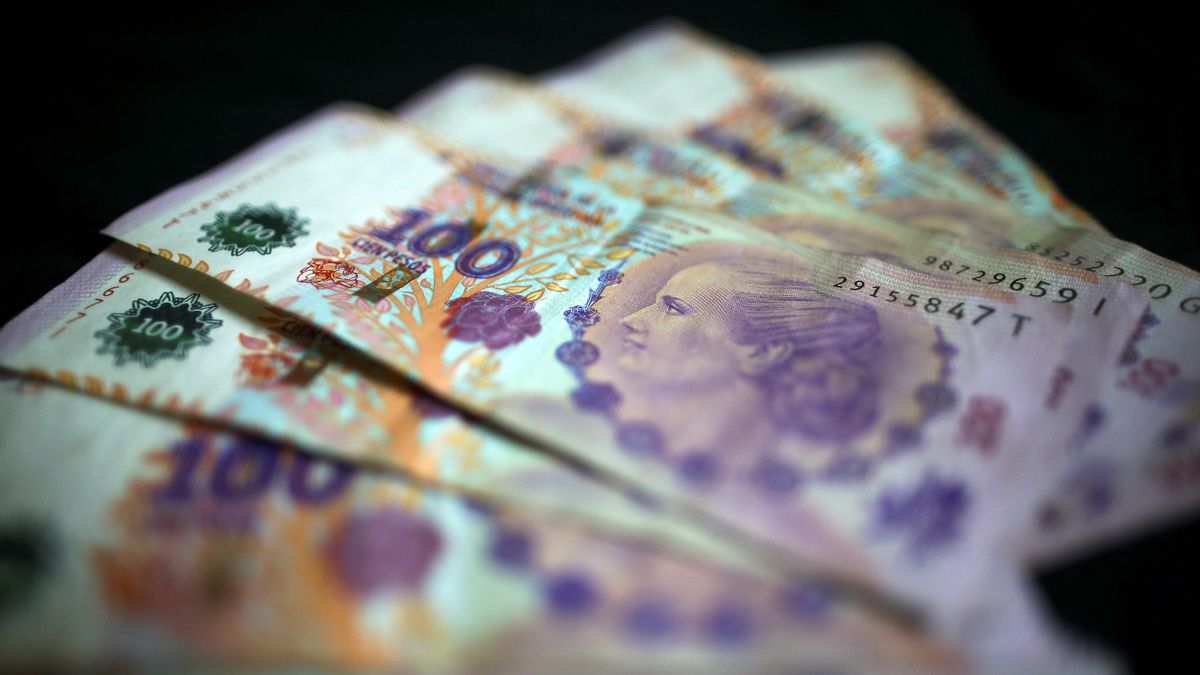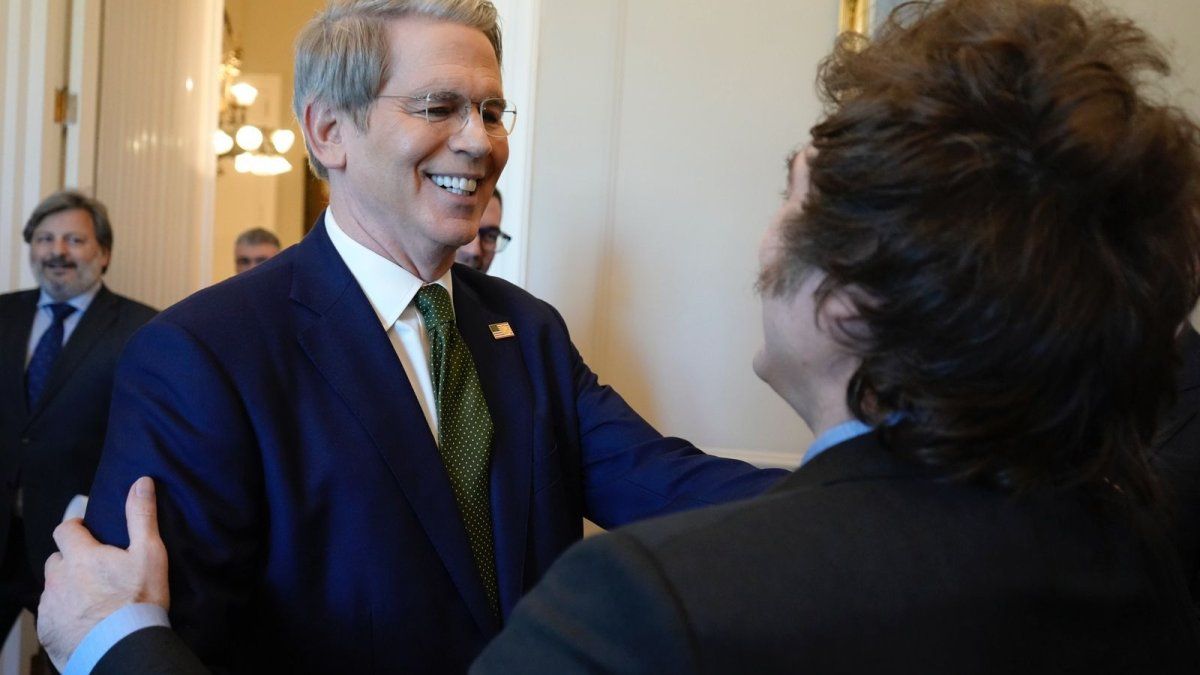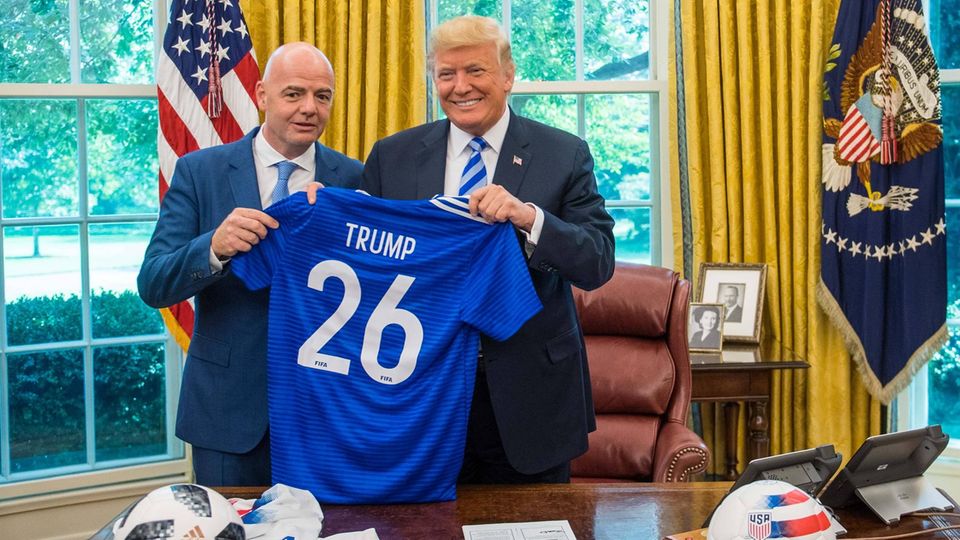However, this instrument characteristic of monetary politics was not such at the beginning of weight, that -in the words of Zeolla- “he was born with a regimen of convertibility very strict, almost dollarized, with sight accounts in Dollars and a Central Bank (BCRA) unable to broadcast.”
31 years of the peso: a bit of history
The truth is that, after many monetary fluctuations, after a period of hyperinflation that took place in the 1980s, which reached rates of 764% in May 1989, the government of Carlos Saúl Menem established, in 1992, the peso in replacement of the Austral (10,000 australes were equivalent to one peso, so four zeros were removed from the currency) and approved the Law 23,928 (Convertibility) that determined the equivalence between a peso and a dollar.
Then, starting in 2002, it recovered one of the important characteristics of the currency: that of exchange rate float and the role of financing instrument of the State, although with the inheritance of the “playpen”. But, starting in 2007, she began to feel much stronger about herself. inflationary trend and that is why, since 2011, exchange controls came into force, which over time became more and more strict, although with a period of exchange deregulation that occurred from 2016 to 2019, which led to a new monetary crisis, which attempts have been made to reverse it for three years within the framework of the agreement with the International Monetary Fund (IMF).
“The truth is that $10 in January 1992 would be equivalent to $1,000 today. The consecutive inflationary escalations generated a devaluation of almost 100% of the value for the peso”, describes the economist Fabián Medina.
How inflation deteriorated the peso
And, this is a reflection of the fact that, as the director of Analytica Claudio Caprarulo points out, “given that in the last seven years we had a inflation of 1500%the aforementioned weight functions were impaired” as follows:
- Explain that the role as a means of payment It is the least deteriorated, perhaps, because the Government collects in pesos and that always sets a very high level of currency use and acceptance, but the truth is that the peso is worth less and less and that leads us to live in an economy bi-monetary in fact.
- And in this sense, he points out that “the role as unit of account it begins to deteriorate because many goods begin to be priced in dollars”, such as the property market, which is dollarized, as well as other durable goods, such as cars, boats and some professional services. That makes the dollar compete with the peso as the unit of account in Argentina.
- Finally, Caprarulo mentions that “we are ending the year with inflation close to 100% and that these levels of price increases make the peso lose the characteristic of store of value they should have, which encourages a bi-currency economy because people save mainly in dollars.”
Convertibility, origin of bimonetarism?
Thus, for Zeolla, a big problem with the weight is that “it was never able to reverse the high weight of the bimonetarist construction of the 1990s”. For him, that is the origin of the preponderant role that the dollar currently has in retail savings and the real estate sector.
Medina believes in a similar sense when he maintains that, from January 1992 until now, the peso would have had a better performance if the Convertibility Law had not existed, created as a mechanism to suppress inflation, until January 2002, because he considers that, in that case “it would have had a much calmer and clearer dynamic and not big devaluation jumps as we have seen.”
However, he stresses that the peso “is still tranzable and recoverable.” Although, for this, he considers it essential to improve current inflation levels, around 96% per year.
Likewise, Zeolla considers that certain policies have promoted private dollarization, such as devaluations. And he points out that “the main pending task is the greater pesification of savings and transactions.”
peso dollarizing black and white.jpg
Argentina has an economy with a bimonetarist imprint source.
And he maintains in this regard that the ability to have savings instruments in pesos that do not lose value is an essential objective. Thus, he proposes that the State has to promote the use of credit and savings in the national currency, as is done in all of Latin America and the rest of the developing countries.
In this sense, the implementation of UVA fixed terms, which were created as of 2020, is a good way to strengthen the role of the peso in retail savings; however, it warns that “the sudden acceleration of inflation brought new difficulties in saving”.
The loss of value of the peso and its achievements
Such is the case, that a phrase that says that “If you save one peso per day for a year, at the end of that period you will have one dollar”and a twitterer very followed by various specialists in economics from the City pointed out a few days ago that, if from the day the peso was born, a person kept $1 a day for the next 30 years and 11 months, today you would have $11,322, which are equivalent to around u$s32. “Three decades of savings were stolen from you,” she concluded.
However, the rates recently implemented by the BCRA would have guaranteed that same saver an annual TNA of 75% and a TEA of 107% in the case of having put the pesos in a fixed term, so that calculation it does not take into account the capitalization and savings instruments available to the saver.
However, beyond all its ills, the peso had, until now, better luck than its predecessors because it is commemorating its 31 years of life, while, before its birth, Argentina changed its monetary sign five times.
Likewise, although in the last ten years it has been showing a lot of volatility, until 2011 it had been remaining quite stable compared to other Argentine currencies. Thus, as indicated by Medina, everything would indicate that it is still recoverable. And Caprarulo does not deny that possibility either, although he acknowledges that “reversing this will take us many years”, but he believes that it must be done in a sustained and sustainable manner and not think of magical solutionssuch as convertibility or dollarization, which “are not lasting solutions and cause a lot of damage in the medium and long term.”
Source: Ambito
David William is a talented author who has made a name for himself in the world of writing. He is a professional author who writes on a wide range of topics, from general interest to opinion news. David is currently working as a writer at 24 hours worlds where he brings his unique perspective and in-depth research to his articles, making them both informative and engaging.




